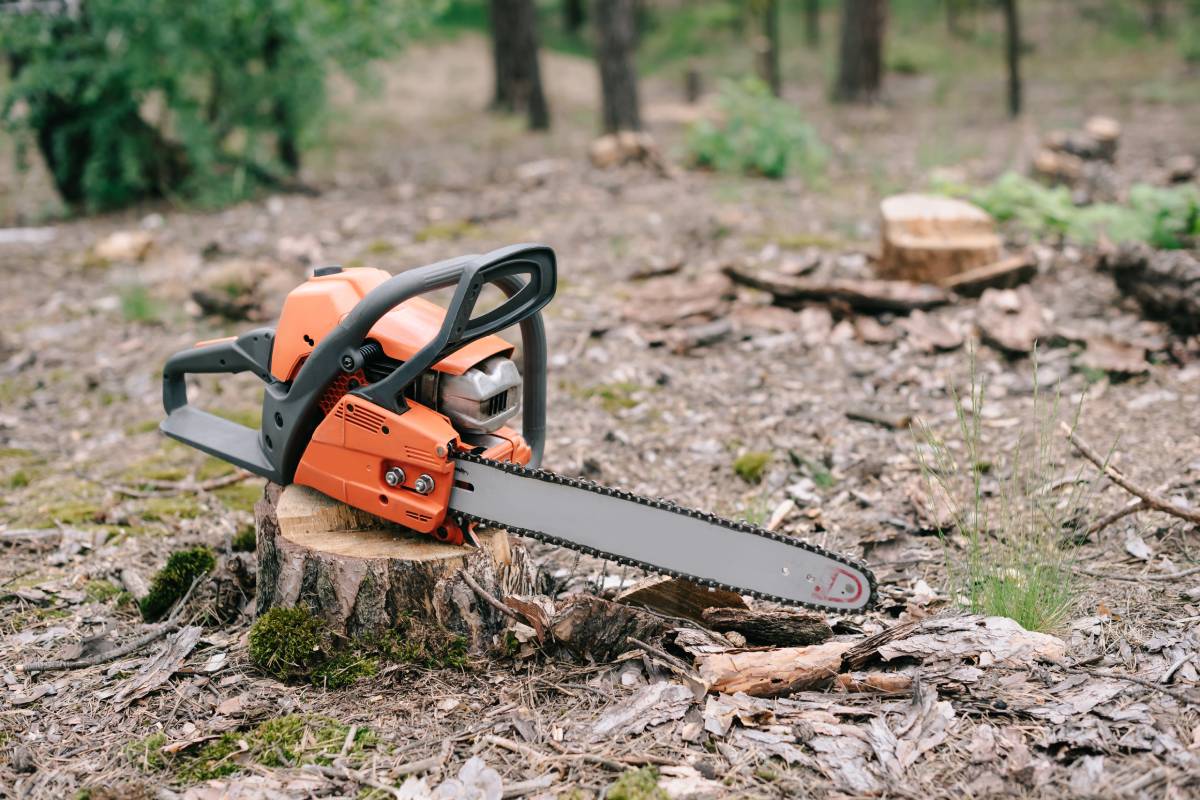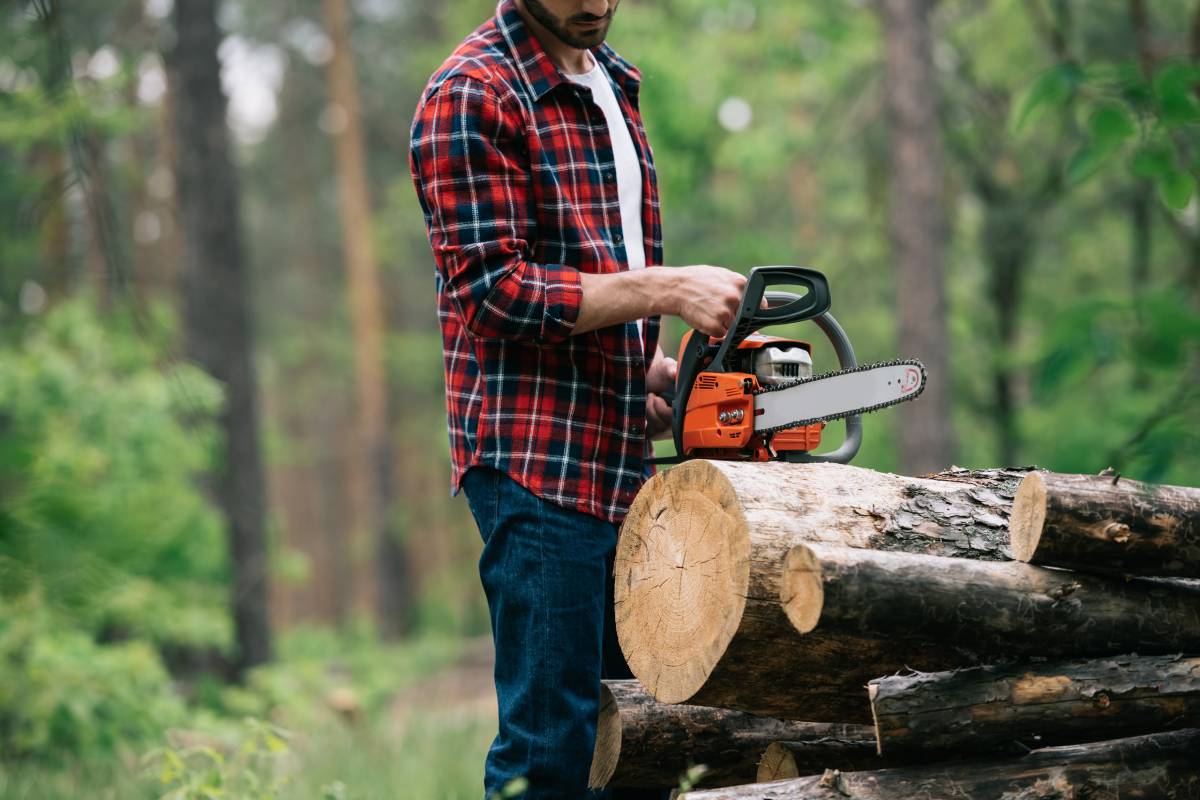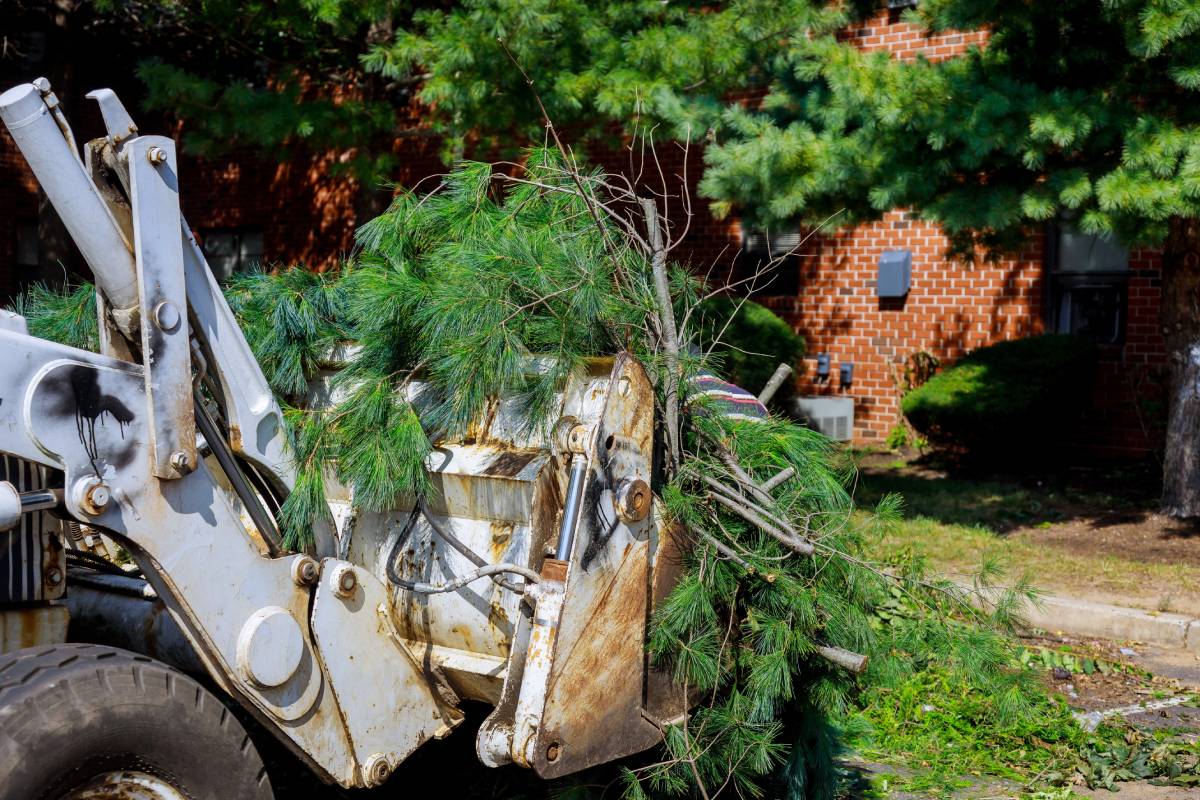Trees play a crucial role in our environment, enhancing landscapes and offering various ecological advantages. However, there are instances when tree removal becomes necessary due to factors like health concerns, safety hazards, or urban development.
In Australia, including Perth, the process of tree removal involves considerations such as local regulations, tree health assessments, and environmental conservation.
This discussion will explore the factors influencing tree removal decisions, the considerations involved, and the potential costs, with a focus on the specific context of Perth.
Can you cut down trees in Australia?
The regulations regarding tree removal in Australia vary depending on the state or territory. In many cases, you may need permission or a permit to cut down trees, especially if they are considered significant, protected, or part of a conservation area. Each state and territory has its own legislation and local council regulations governing tree removal.
For private property, removing trees may be necessary for various reasons, but it’s important to ensure that you’re complying with legal regulations before taking any action.
In some areas, you might require a permit to cut down a tree on your property. Typically, you can remove dead or fallen trees, as well as those within 3 – 5m of your home, without needing prior approval, depending on local council rules.
To determine whether you need approval, check your local council laws or consult with a licensed tree expert when obtaining a quote for the job.
Here’s a list of trees that need approval before cut down in Australia
Protected or endangered trees
In Australia, certain trees, particularly protected or endangered ones, necessitate permission before being cut down. These trees are at risk of extinction or are rare in the country. Obtaining permits for cutting down such trees is reserved for special circumstances and usually requires the recommendation of a city or council arborist.
Illegally cutting down protected or endangered trees in Australia can result in substantial fines, often amounting to thousands of dollars. Examples of trees that should never be cut without permission include:
- Burdett gum (Eucalyptus burdettiana)
- Mukinbudin mallee (Eucalyptus brevipes)\
- Cider Gum (Eucalyptus gunnii)
- Silver Mallet (Eucalyptus recta)
Trees Covered by Government Programs
If the tree you intend to cut down is on your property but was planted as part of a local or federal revegetation initiative, you may need a permit. It’s possible that you or the previous owner/occupant received government assistance to plant the tree. In these instances, cutting down the tree without proper authorization is not allowed.
If you’re uncertain about the tree’s status on or around your property, it’s recommended to consult a local tree expert or visit the local forestry office for clarification. Trees planted under local government revegetation programs are safeguarded and cannot be removed without permission.
Trees Along Boundary Lines
Permits may be necessary to cut down trees along boundary lines, especially if the boundary is adjacent to public or council land. Even if these trees are partly on your property, they might be considered council property.
Old Trees with Historical Significance
Cutting down certain old trees with historical importance can result in significant fines, often in the thousands of dollars. Some of these trees could be several hundred years old and might have been present on your property long before you acquired it. Before taking any action, inquire with your local forestry office to ensure compliance with regulations regarding old trees on your land.
Naturally Growing Trees/Native Vegetation
Permission may be required to cut down native, naturally growing trees on your property. Local governments typically have programs or laws in place to protect such trees under native vegetation management.
Trees that don’t need approval before being cut down in Australia
Certain situations necessitate obtaining a permit before removing a tree from your property. However, in most cases, the following types of trees can be removed without the need for a permit:
- Dead trees
- Fallen trees
- Trees located within 10m of your home in fire danger zones
- Trees within 3m of your home foundations
- Storm-damaged trees/hazardous trees
- Pest species
- Palm trees
It’s important to note that the list provided is general, and specific council regulations may require permits for the removal of all trees, whether dead or alive. Therefore, it’s advisable to check the local requirements before proceeding with tree removal.
How much does it cost to have a tree removed in Australia?
Removing a tree can cost different amounts based on various factors such as the tree’s height, type, number of branches, trunk diameter, and its location/accessibility. Due to the unique characteristics of each tree and varying property access, providing a precise average cost is challenging.
The cost range for tree removal spans from $600 for small trees to $7,500 for larger ones, creating a significant variation.
On average, homeowners can expect to pay around $1,340 for tree removal, but it’s essential to take multiple factors into account.
Average Costs for Tree Removal in Australia
| Tree | Size | Low | High |
| Small trees | 5 – 6m | $250 | $950 |
| Medium trees | 6 – 9m | $650 | $1,500 |
| Large trees | 9 – 20m | $1,000 | $3,500 |
| Extra-large trees | 20 – 50m | $2,500 | $10,000 |
Average Costs for Tree Removal in each city in Australia
| City | Avg. Cost |
| Sydney | $1,254 |
| Newcastle | $1,193 |
| Perth | $1,163 |
| Brisbane | $1,151 |
| Canberra | $1,150 |
| Gold Coast | $1,148 |
| Melbourne | $1,147 |
| Hobart | $1,143 |
| Adelaide | $1,143 |
Factors that can affect the cost
- Tree Size: Larger trees generally require more labour and equipment, impacting the cost.
- Location: The proximity of the tree to structures, utility lines, or other obstacles can affect the complexity of the removal.
- Access: Easy access to the tree can lower costs, while difficult access may increase the price.
- Tree Health: The health and condition of the tree can impact the difficulty of the removal.
- Stump Removal: Stump removal is often a separate service and can contribute to the overall cost.
- Local Market: Prices can vary based on the demand for tree removal services in your area.
How much does it cost to have a tree removed in Perth?
Removing an average-sized tree in Perth can cost you anywhere from $350 to $4000. Smaller trees, less than 10 meters tall, tend to be on the lower end of the scale, while medium-sized trees (10 to 20 meters) fall in the middle to upper range. Larger trees exceeding 20 meters might surpass $4000, especially if they are near powerlines or roads. These are average prices, and for an accurate cost, it’s recommended to obtain a detailed quote.
Dealing with large or thick trees involves safety equipment and chainsaws. If the tree is close to traffic, additional expenses may include cranes, traffic management, and electricity shutdowns, making the overall process more costly. Some service quotes cover the removal of cuttings, but not all of them.
The provided cost estimates do not include the arborist’s report, which incurs additional fees:
- $75 to $100 (for one to five trees)
- $20 to $25 (for each additional tree)
- $35 (submission to council fee)
Tree removal is a technical task with inherent risks, requiring specialized equipment. Be aware of these factors when seeking quotes.
When requesting quotes, provide detailed information about the tree, including its size, location, and any specific concerns you may have. Additionally, inquire about the services included in the quoted price, such as stump removal and debris cleanup.
Once a tree is cut down, it’s a good idea to remove the unsightly or hazardous stumps with stump grinding. This process usually grinds stumps down to 300mm below ground level. You can decide whether you want to keep the mulch from the tree removal on-site or have it taken away. This extra step ensures that not only the visible part of the tree is removed but also any remaining stumps, improving the overall look and safety of the cleared area.
In summary
The decision to remove a tree in Australia, particularly in Perth, is a complex process requiring careful evaluation of tree health, structural issues, and compliance with local regulations. Finding a balance between the need for removal and the ecological benefits of trees is essential.
When considering tree removal, consulting local authorities, obtaining permits, and seeking advice from certified arborists are crucial steps. While costs can vary, getting multiple quotes from reputable tree removal services in Perth ensures a well-informed decision.
For a fast, thorough, and efficient service, you’ll find no better than Lakeside Trees and Stumps, the leading tree removalists in Perth. For more information, please feel free to contact us today.




